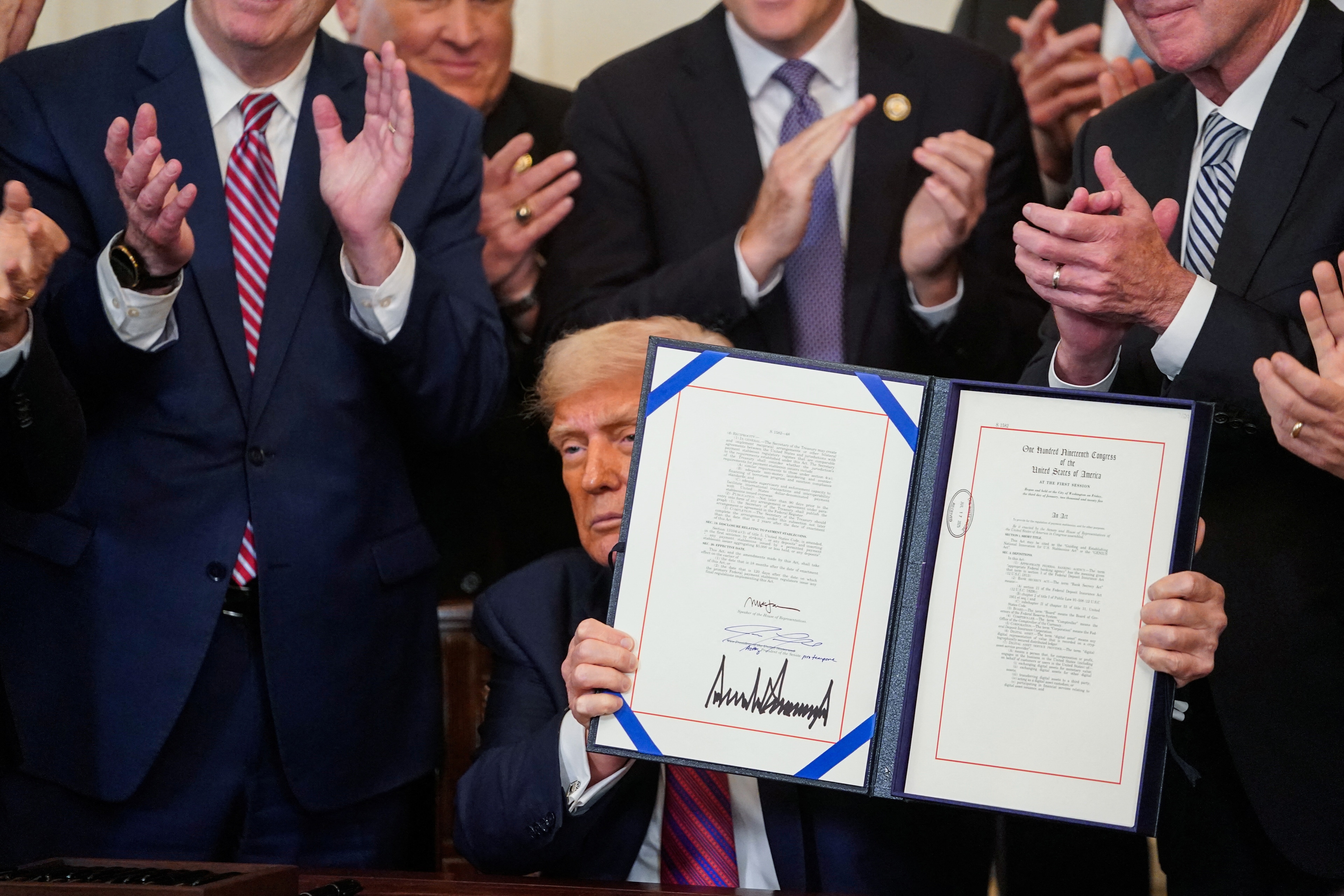The Treasury Is Sitting On A $750 Billion Gold Hoard Officially Valued At $11 Billion
Soaring gold prices and a $37 trillion national debt have revived debate over revaluing gold reserves. A new Federal Reserve note explores how other nations raised funds through revaluation.
By
Brandon Kochkodin,
Forbes Staff.
Brandon is a Florida-based Forbes senior reporter covering markets.
BETTMANN ARCHIVE
Gold is up more than 40% in the past year, from under $2,400 an ounce to over $3,400. Meanwhile, the national debt is approaching $37 trillion.
That’s helped revive an idea long dismissed as fringe: revaluing the government’s gold reserves to raise cash. It sounds far-fetched. But a new research note from the Federal Reserve suggests it may not be as out there as it seems.
On August 1, the Federal Reserve published a research note called
“Official Reserve Revaluations: The International Experience.” It outlines how five countries used gains on their official gold holdings to raise funds. It does not propose the U.S. do the same, but it explains the steps involved and what to expect if it happens.
The note covers Germany, Italy, Lebanon, Curacao and Saint Martin, and South Africa. Some used revaluation proceeds to reduce debt. Others used them to cover central bank losses. The examples are limited but show how governments have tapped into hidden value without raising taxes or issuing new bonds.
The U.S. Treasury values its gold at $42.22 an ounce, a
price set in 1973. It holds 261.5 million ounces, the majority of it at Fort Knox in Kentucky. At the official price, the gold is worth $11 billion. At today’s market price, it would be worth more than $750 billion. Revaluation would not require selling the gold. It would simply update its book value.
The Treasury could adjust the value of U.S. gold reserves through a few bookkeeping steps. It might retire its current $11 billion gold certificate (issued by the Treasury) and establish a higher official price for gold (which could be lower or even higher than the market price).
Next, it could "transfer" the gold to the Fed at this new price, potentially gaining billions or trillions (remember, it need not revalue the gold to the current market price).
The Fed would then return the gold to the Treasury for a new certificate. No gold physically moves, but the Treasury ends up with a significant amount of newly created funds.







